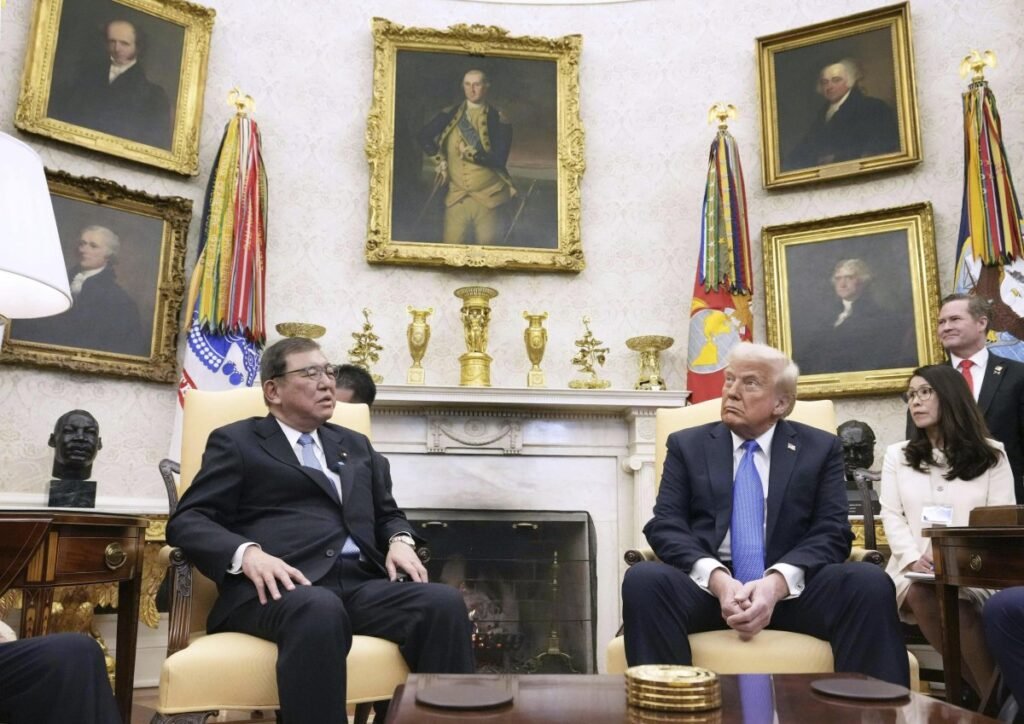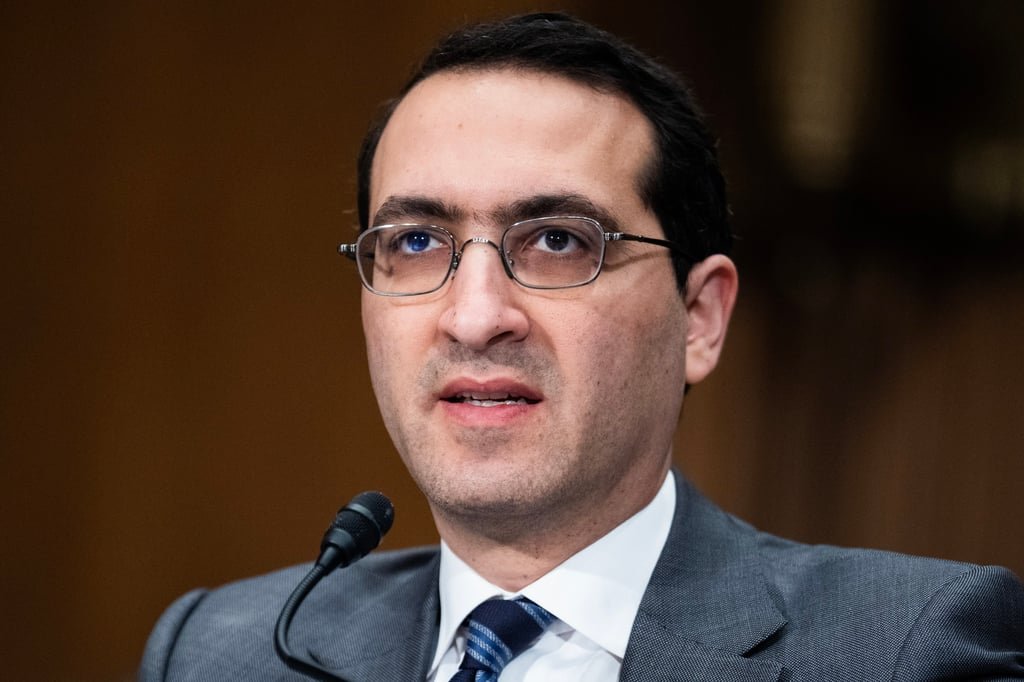
China may not have Silicon Valley, but it controls the minerals that make Silicon Valley run. From electric motors to missile systems, rare earth elements are the silent backbone of modern techand Beijing owns the playbook. In 2024, China produced 270,000 tons of rare earthsabout six times more than the U.S.and it dominates global refining. When trade tensions flared again, Beijing didn’t just talk tough. It added seven rare earths to its export control list, causing headaches for American manufacturers. Tesla (TSLA) flagged rare-earth magnet shortages as a bottleneck for its humanoid robot, while Ford was forced to idle a major Chicago plant due to supply disruptions.
The pressure doesn’t stop at consumer goods. The F-35 fighter jet alone requires over 900 pounds of rare earths. And yet, the U.S. has just one major rare-earth mineMP Materials’ (NYSE:MP) Mountain Passand almost no refining capacity. Trump, aiming to break China’s chokehold, invoked emergency powers in March to accelerate domestic mining and processing. He followed up with an investigation into the national security risks of mineral imports, with recommendations expected within 270 days. Still, even fast-tracked projects could take years, and in the meantime, tariffs could drive up prices for the very materials U.S. companies depend on.
China’s control runs deep. It can approveor delayexport licenses without explanation, leaving global supply chains exposed. The message is clear: if the U.S. wants to restrict chip exports, China can slow-roll the magnets that drive EVs and missiles. Trump has floated Greenland and Ukraine as alternative sources, but neither has proven, scalable capacity. Rare earths aren’t rarebut reliable supply chains are. And as the trade war evolves, the world is learning that dominance in materials might be more powerful than dominance in manufacturing.
This article first appeared on GuruFocus.







![[News] NVIDIA Reportedly to Exclude China from Forecasts as H20 Ban Persists, No U.S. Relief in Sight](https://koala-by.com/wp-content/uploads/2025/06/NVIDIA-headquarter-624x416.jpg)